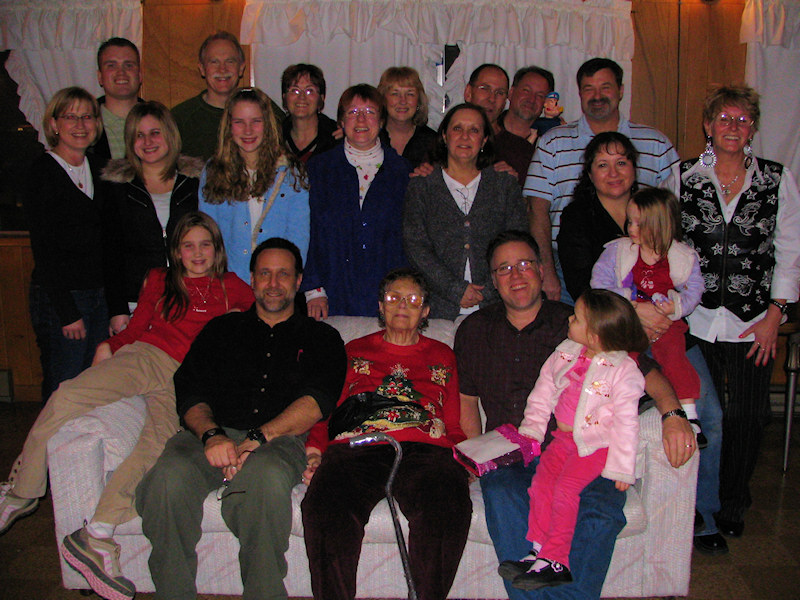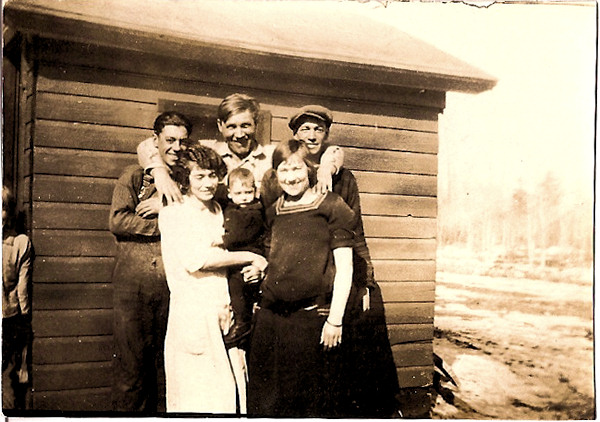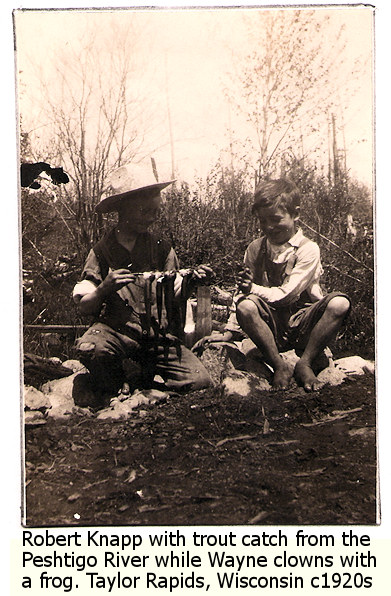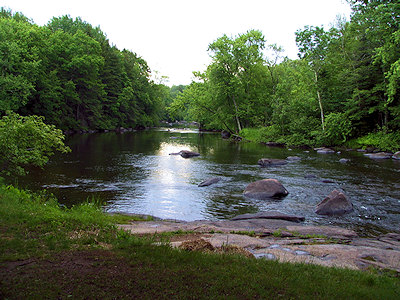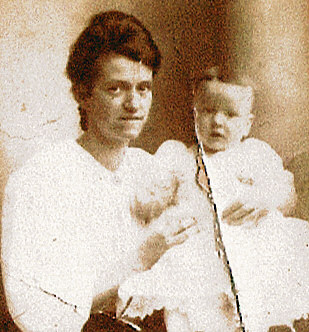Aspen, Colorado, was one of the passes through which many travelers crossed the Rocky Mountains as they went from the east to the west and back again, via wagon trains, railroad trains, and even today in vehicles, buses, and airplanes.
The Aspen Historical Society has been collecting stories of the early years of the area.
Owing to failing health, my husband, O. V. Hall, myself and baby daughter left our home in Abilene, Kansas, came to Denver, Colorado, May 19, 1881, and put up at the old “Red Lion Inn,” at 16th and Wazee streets.
After a few days of sightseeing, we went by the D. & R. G. to Leadville. Our train was held up at Salida for several hours, for the tracks to be cleared of the remains of a freight and construction train that had met on the mountainside. As I had always lived in the prairie states of lowa and Kansas, I was frightened and felt sure I would never again ride on a train over mountain roads. However, we reached Leadville safely and put up at the Gregory House on Third Street, not far from Harrison Avenue.
On June 6th, we left Leadville by stage coach for Independence, a mining camp over the Divide. We stopped at Twin Lakes for dinner and left there a six-year-old boy, Jesse Scoggins, with his father, who was there for the summer; and, by the way, he was also father of Charley Scoggins, writer of the song, “Where the Silvery Colorado Wends Its Way.” The Scoggins family were neighbors of ours at Abilene, Kansas. Just before sundown we reached a station which, as I remember, was the end of several stage lines and was situated at the foot of Independence Pass. Just as our driver stepped down, the driver of another stage stabbed him. He did not die, but was in a hospital in Leadville for several months…
…Our cabin was made liveable and later I was very glad of the floor. The door had been hewn out of a log, so thick that no bullets could go through it, which I appreciated, as there was much careless shooting going on. There was a half window in front and one on the side. The house was built on the side of a hill. The rear rested on the ground, while the front was several feet above the street. The only hotel in the camp was about six feet from our cabin. At the front, between the buildings, the hotel people had built a storeroom that extended back several feet. I am telling you all this to explain what happened. Several feet above the cabin was a ditch that carried off the waste water from the mines. One day this ditch broke loose and the water rushed down between the buildings. The window gave way and, fortunately, the door was open, so it flowed out of the floor and across the street and into a tent saloon. I had a glimpse of a man on a table, then the tent collapsed, probably diluting the stock in trade with the muddy ditch water.
Experiences in Leadville and Independence, 1881–82 by Mrs. M. B. Hall
The site offers fabulous information and historical resource, but unfortunately is very difficult to navigate to the stories and materials on the history of the areas. I recommend that if you have a specific interest in the history of Aspen, Colorado, you use their search feature as their link navigation system is not intuitive within the site’s pages.
Most Recent Articles by Lorelle VanFossen
- The Myths and Mysteries and Hunt for Nicholas Knapp
- The Perpetual Calendar
- GenSmarts: Reminder to Not Assume
- Gensmarts Saves Your Family History Research Life
- Digging Through Historical Newspapers Online

